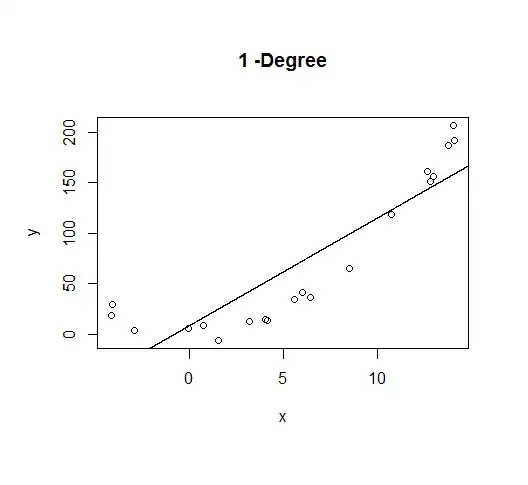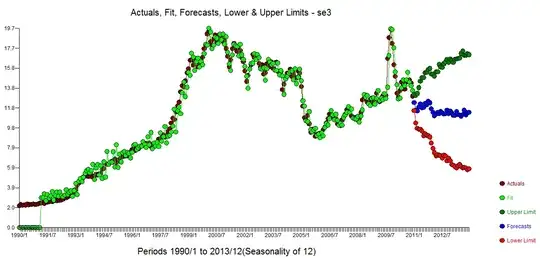From the (excellent) Schaum's Outlines for Probability and Statistics an example from the Estimation Theory chapter shows us that the typical estimation of the variance does provide an unbiased and efficient estimation of the true variance. Yet the sqroot of that value is not so for the true standard deviation. Then .. why?
Asked
Active
Viewed 84 times
2
-
1The square root is a nonlinear operation, so being unbiased doesn't carry over from the variance to the SD. – Nick Cox Sep 27 '19 at 16:14
-
Thx Nick - if you have further insight and/or references pls make an answer. – WestCoastProjects Sep 27 '19 at 16:15
-
Similar recent [Q&A](https://stats.stackexchange.com/questions/428794/intuitive-explanation-of-expected-value-of-sample-standard-deviation/428934#428934). // For normal data the bias of $S$ estimating $\sigma$ is small for moderate sample sizes. // For very small sample sizes, 'control charts' for quality mgmt often use appropriate multiples of sample range. – BruceET Sep 27 '19 at 16:46
-
1@BruceET Thx - upvoted that one. – WestCoastProjects Sep 27 '19 at 16:50
-
The idea that unbiasedness doesn't carry over from a variance estimate to an estimate of standard deviation is correct. But I don't see how this concept applies to efficiency here. – Michael R. Chernick Sep 27 '19 at 17:53
1 Answers
1
Inspired by the comment from @NickCox I found this note on Wikipedia. We have that the n-1 term does correct for the variance but the non-linear aspect of the square root allows for only partial correction on the standard deviation. There is not a general way to get an unbiased estimate of the latter. https://en.wikipedia.org/wiki/Unbiased_estimation_of_standard_deviation
WestCoastProjects
- 521
- 5
- 18

